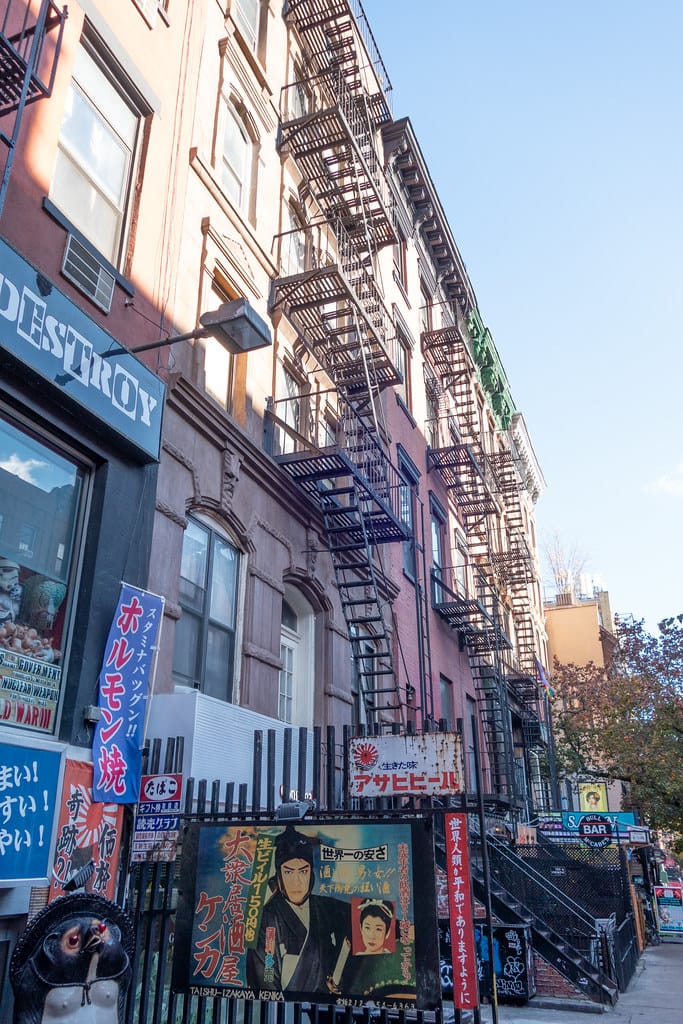NYC Scales Back Driver Pay Increases Following Uber and Lyft Opposition
New York City has announced a reduced pay increase for ride-hailing drivers after facing intense pressure from Uber and Lyft, marking the latest chapter in the ongoing battle over gig worker compensation in America's largest city. The compromise represents a significant scaling back from the city's original proposal, highlighting the complex dynamics between municipal regulation, corporate interests, and worker welfare.
The Revised Pay Structure
The Taxi and Limousine Commission (TLC) approved a more modest pay increase that will raise driver earnings by approximately 7.42% over three years, far below the initial proposal of nearly 25%. Under the new rules, drivers will see their minimum pay floor rise from $17.22 per hour to $18.50 per hour by 2026, with incremental increases scheduled annually.
This revised structure comes after months of negotiations and legal challenges from both Uber and Lyft, who argued that steeper increases would force them to raise passenger fares significantly and potentially reduce service availability in outer boroughs.
Corporate Pushback and Economic Arguments
Uber and Lyft mounted a coordinated campaign against the original pay proposal, citing concerns about market disruption and competitive disadvantage. The companies presented economic modeling suggesting that a 25% pay increase could result in:
- Passenger fare increases of up to 15%
- Reduced driver utilization during off-peak hours
- Potential service cuts in lower-income neighborhoods
- Decreased competitiveness against traditional taxi services
Lyft spokesperson Sarah Johnson stated that while the company supports "fair compensation for drivers," the original proposal would have created "unintended consequences that ultimately hurt both drivers and riders."
Driver Advocacy Groups Express Mixed Reactions
The Independent Drivers Guild, which represents thousands of ride-hailing drivers in the city, expressed cautious support for the compromise while acknowledging disappointment with the reduced scope. Guild president Brendan Sexton noted that while any pay increase helps drivers cope with inflation and rising operating costs, the scaled-back proposal falls short of addressing the full economic pressures facing gig workers.
"Our drivers are still struggling with gas prices, vehicle maintenance costs, and the lack of traditional employment benefits," Sexton explained. "This increase is a step in the right direction, but it doesn't fully address the financial challenges our members face daily."
Broader Implications for Gig Economy Regulation
NYC's compromise reflects the broader national debate over gig worker classification and compensation. The city has been at the forefront of ride-hailing regulation since 2018, when it became the first major U.S. city to establish minimum pay standards for app-based drivers.
The scaled-back approach may signal a shift toward more incremental regulatory changes, potentially influencing policy decisions in other major markets like Los Angeles, Chicago, and Seattle, where similar debates are ongoing.
Industry analysts suggest that the compromise demonstrates the growing influence of platform companies in municipal policy-making, even as cities attempt to address worker welfare concerns.
Implementation Timeline and Monitoring
The new pay structure will be implemented in phases, with the first increase taking effect in early 2024. The TLC has committed to conducting quarterly reviews of the policy's impact on driver earnings, passenger fares, and service availability across the five boroughs.
City officials emphasized that the commission retains the authority to adjust the pay floor formula if data shows negative impacts on driver welfare or service quality.
Looking Ahead: Balancing Stakeholder Interests
The NYC compromise highlights the ongoing challenge of balancing worker welfare, corporate profitability, and consumer accessibility in the rapidly evolving gig economy. While the reduced pay increase may disappoint some driver advocates, it represents a pragmatic approach to implementing meaningful change while maintaining industry cooperation.
As other cities watch NYC's latest regulatory experiment, the success or failure of this compromise approach will likely influence the future of gig worker compensation policies nationwide. The quarterly review process will provide crucial data on whether incremental increases can achieve worker welfare goals without disrupting market dynamics.
For now, NYC's ride-hailing drivers can expect modest but meaningful improvements to their earnings, while the broader questions about gig worker rights and corporate responsibility continue to evolve in courtrooms and city halls across America.

